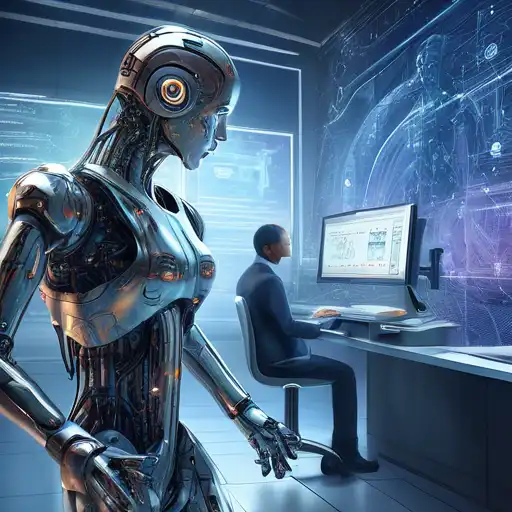Introduction to AI and Machine Learning
In the rapidly evolving world of technology, Artificial Intelligence (AI) and Machine Learning (ML) are two terms that often come up in discussions about the future of computing and automation. While they are closely related, they are not the same thing. This article aims to demystify these concepts and highlight the key differences between them.
What is Artificial Intelligence?
Artificial Intelligence is a broad field of computer science focused on creating systems capable of performing tasks that typically require human intelligence. These tasks include problem-solving, recognizing speech, learning, planning, and understanding natural language. AI can be categorized into two types: narrow AI, which is designed to perform a narrow task (e.g., facial recognition or internet searches), and general AI, which can perform any intellectual task that a human can.
What is Machine Learning?
Machine Learning, on the other hand, is a subset of AI that involves the development of algorithms that allow computers to learn from and make decisions based on data. Instead of being explicitly programmed to perform a task, ML systems use statistical techniques to learn patterns in data and improve their performance over time. ML is behind many of the services we use today, such as recommendation systems, predictive text, and fraud detection.
Key Differences Between AI and Machine Learning
While AI is the broader concept of machines being able to carry out tasks in a way that we would consider "smart," ML is a specific approach to achieve AI. Here are some key differences:
- Scope: AI encompasses a wide range of technologies and applications, while ML is specifically focused on enabling machines to learn from data.
- Dependency: AI systems do not necessarily have to learn from data; they can be rule-based. ML, however, relies entirely on data to learn and improve.
- Applications: AI applications range from robotics to natural language processing. ML is primarily used in data analysis and predictive modeling.
Why Understanding the Difference Matters
Understanding the distinction between AI and ML is crucial for businesses and individuals looking to leverage these technologies. It helps in making informed decisions about which technology to adopt for specific needs. For instance, if you're looking to automate customer service, you might opt for an AI chatbot. But if your goal is to predict customer behavior, ML models would be more appropriate.
Conclusion
AI and Machine Learning are transforming industries and our daily lives in unprecedented ways. While they are interconnected, recognizing their differences is essential for harnessing their full potential. As these technologies continue to evolve, staying informed will enable us to adapt and thrive in the digital age.
For more insights into the latest tech trends, check out our articles on Data Science and Tech Trends.
